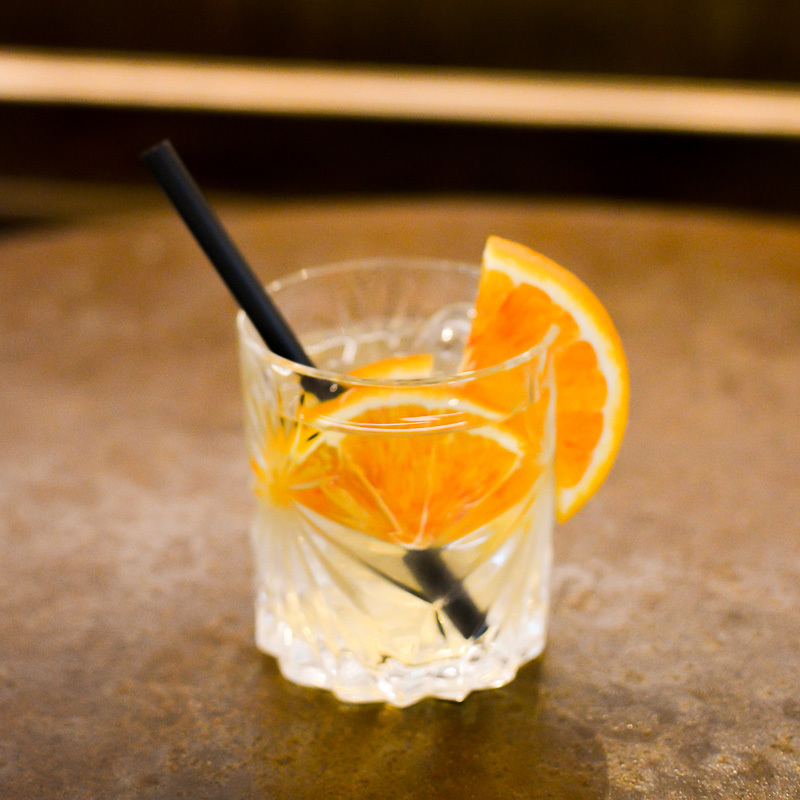What is Gin ?
Gin is a spirit obtained via the distillation of fermented grain (wheat, barley) or molasses, flavored with juniper berries, a conifer that grows on the mountains in temperate climates. As per European regulations, Gin has to have a minimum alcoholic gradation of 37,5°.
There are tens of varieties of juniper in the world, also used in the kitchen for their aromatic properties: its waxy black and violet berries are ideal for stews, roasts, slow cooked sauces, pâtés, terrines and fermented vegetable preserves.
A Gin’s taste is perfected with the addition of herbs, spices and botanicals like coriander seeds, angelica root, iris, citrus peels.
Some gins are flavored with tens of botanicals, like ginger, pepper, cinnamon, bergamot, elderflower, tea, rhubarb, turmeric, rose petals and many more.
To be considered a proper Gin, the juniper needs to be much more clearly noticeable than all other aromas.

What types of Gin are there?
There are different kinds of Gin:
- London Dry Gin: London dry Gin: it is the most popular Gin type, usually very dry and with a very strong juniper taste. It is infused with many kinds of botanicals during the second distillation (in some case it can be triple distilled). It is the usual kind of Gin for the most popular cocktails. The “London” denomination is referred to a method, rather than the place of origin.
- Blended gin: it is a Gin flavored with an aromatic blend prepared separately by extracting the aromas from the botanicals, and it is more expensive because it takes a longer process. It is distilled twice.
- Distilled gin: after infusion and distillation, the Gin is infused again with aromatic ingredients like flowers and fruits, from which it can take its color.
- Old Tom Gin it is a sweeter kind of Gin, with the addition of a small percentage of sugar.
- Plymouth Gin: made only in Plymouth in the oldest working English distillery, started in the 1700s and situated in a Benedectine monastery. It is less dry than London Dry Gin.
- Sloe Gin: produced following an English tradition with wild sloe, that gives it a slightly sour note. Sloe Gin has a minimum alcoholic gradation of 25°.
- Compound gin: it is the quickest way to produce Gin, by flavoring alcohol with the mixed extracts of the different botanicals.
How to drink Gin, neat or in cocktails
Every good Gin represents a fun olfactory experience that gives leeway for testing and fantasy in the preparation of a great variety of cocktails.
Gin can be taken neat, both cold and at room temperature.
What is the difference? A very cold Gin has a slightly denser texture than room temperature Gin; and the cold prevents the tastebuds from fully getting the aromas, as opposed to room temperature Gin.
Here are some recipes and suggestions for preparing the most famous Gin-based cocktails and drinks.
Vesper Martini: James Bond’s cocktail since 1953, also seen in Casino Royale. Fill a shaker with ice, pour over 3 parts Gin, 1 part Vodka, and half a part Lillet Blanc or a good dry Vermouth (to substitute the original Kina Lillet, which is out of production). Shake to chill the cocktail well (“shaken, not stirred”), filter and pour in a previously chilled Martini glass. Garnish the cocktail with a lemon peel previously rubbed on the edge of the glass.
French 75: this cocktail from the movie Casablanca seems to take its name from the size of a French piece of artillery during World War One. Shake 1 part Gin, half a part lemon juice and half a part sugar syrup (1:1 proportion of sugar and water) with ice. Filter in a flûte glass and add champagne or another dry sparkling wine.
White Angel: it is the drink of choice of Holly Golightly-Audrey Hepburn in Breakfast at Tiffany’s… not so angelic, to be honest, as it is prepared with a 1:1 proportion of vodka and Gin!
Negroni: a classic among classics. Mix in equal parts Gin, Vermouth and Campari. Serve with ice and a slice of orange.
Gin tonic: one of the most beloved drinks in the world. Pour cold tonic water in a cold glass, add Gin (London Dry is the traditional choice), ice, and serve with a slice of lemon or lime.
Gin fizz: mix 3/10 Gin, 2/10 freshly squeezed lemon, 1/10 sugar syrup, 4/10 sparkling water and serve with ice cubes and slice of a lemon or lime.
A surprisingly refreshing drink can be made by pairing Gin with tea: pour Gin to your liking in a glass of very cold bergamot tea, serve with ice and a slice of lemon or lime.





